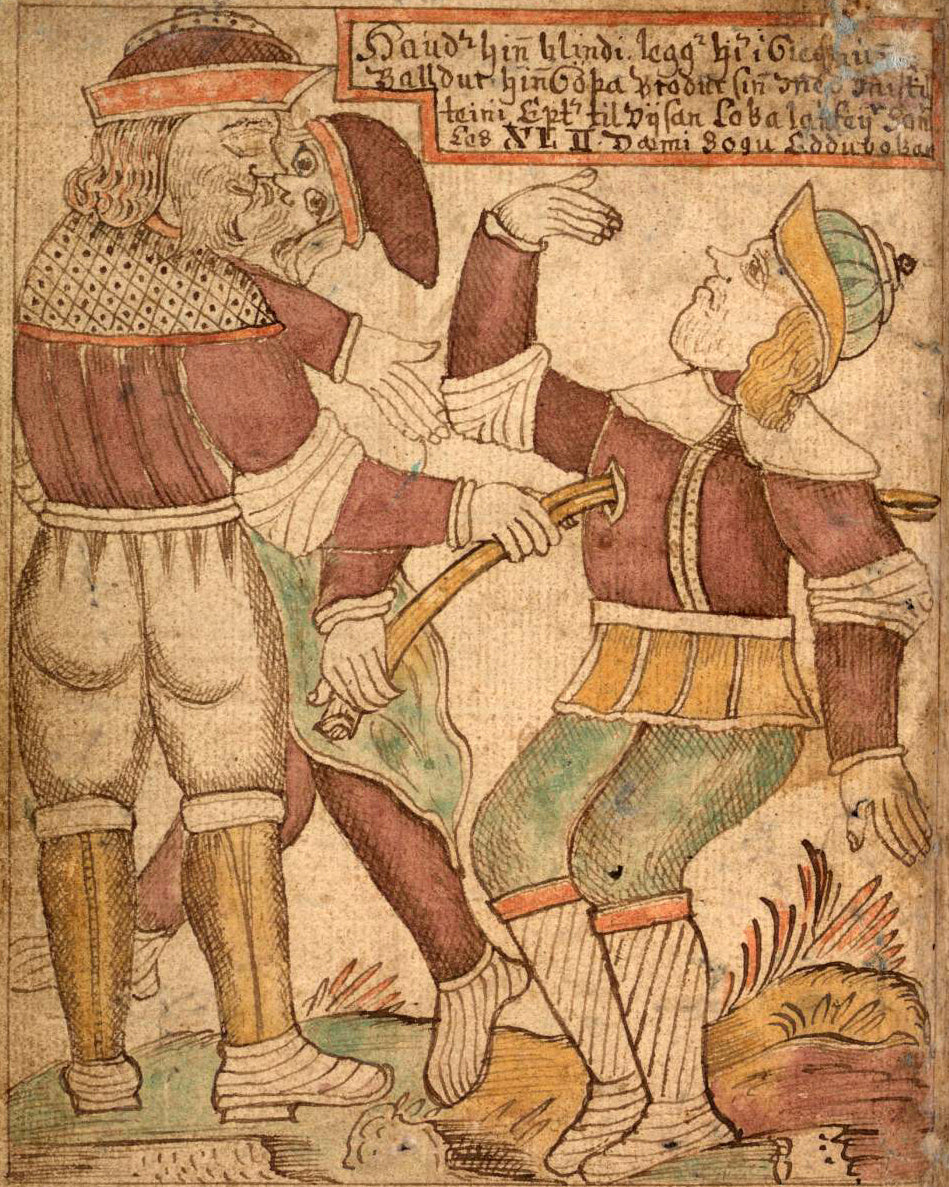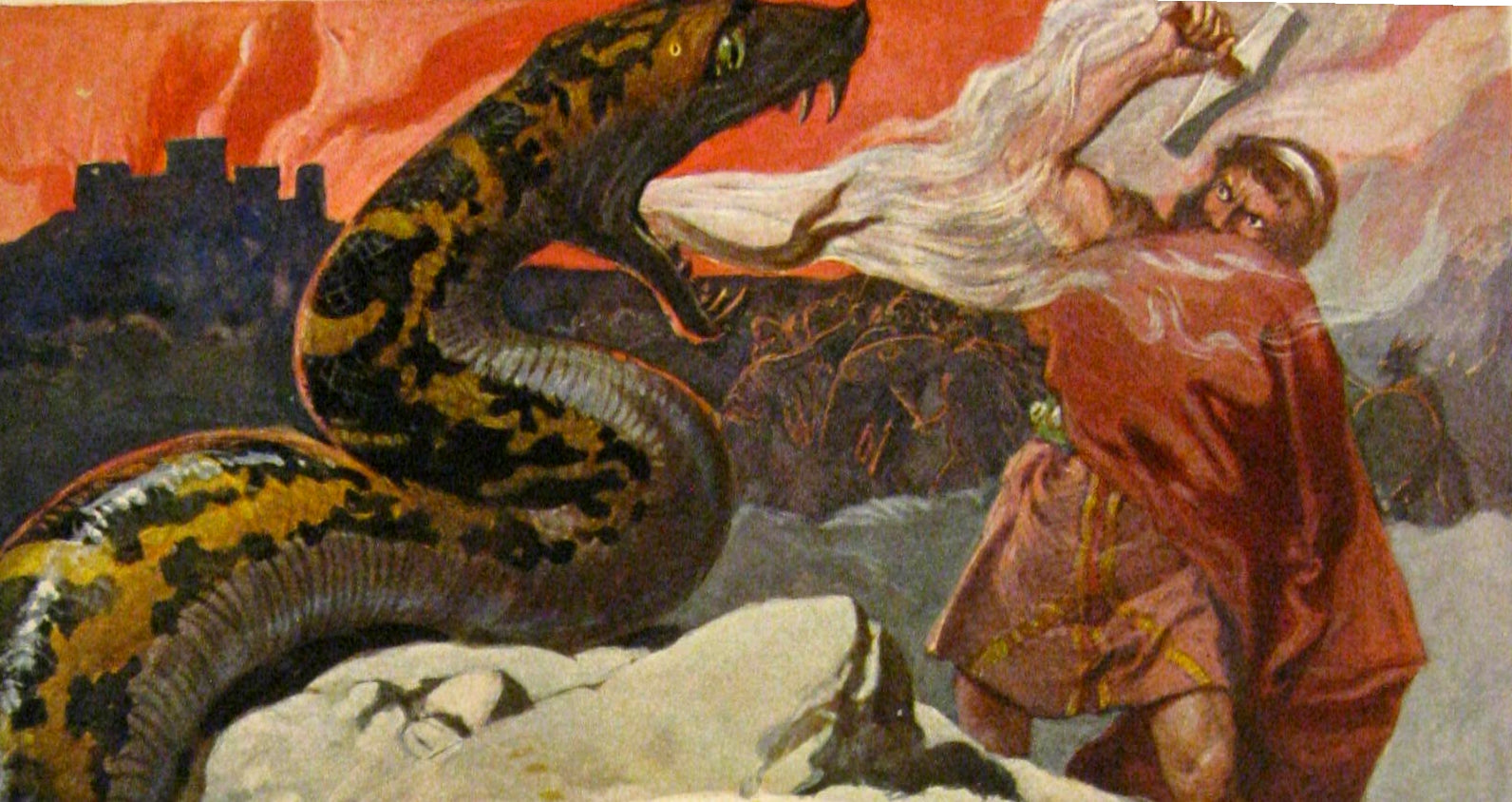
Baldur's Saga: A Detailed Exploration of Light, Loss, and Resilience
Baldur, a prominent figure in Old Norse mythology, embodies radiant light, unblemished purity, and a poignant tale of tragedy. His character navigates a complex web of stories that resonate deeply within the tapestry of Norse legend. Across sagas, poetic verses, and ancient narratives, Baldur's significance undergoes dynamic transformations, encapsulating profound themes of divinity, destiny, and rebirth.
One of the most poignant and heartrending sagas that unfolds around Baldur is the widely known "Death of Baldur" tale. This captivating narrative finds its origins in two venerable sources: Snorri Sturluson's literary masterpiece, the Prose Edda, and the timeless verses of the Poetic Edda. Within these hallowed texts, Baldur emerges as the cherished offspring of Odin, the preeminent All-Father, and Frigg, the compassionate queen of the Aesir. His splendor transcends realms, captivating both gods and mortals with his extraordinary beauty, virtuous essence, and boundless benevolence. Frigg's maternal devotion leads her to secure oaths from all beings, elements, and entities, sworn to shield her radiant son from harm. However, a single exception remains—the unassuming mistletoe.
Enter the cunning deity Loki, personifying mischief and malevolence. Exploiting this minuscule vulnerability, Loki orchestrates Baldur's heartrending downfall. The narrative unfurls with celestial merriment as gods playfully test Baldur's invulnerability by hurling an array of objects his way. Anchored by his impenetrable shield, Baldur emerges unscathed from these playful projectiles. Yet, Loki's treacherous machinations cast a shroud of sorrow, as he forges a mistletoe dart and deceives Baldur's sightless brother, Hodr, into unwittingly sealing his fate. The mistletoe's touch pierces the seemingly invincible Baldur, culminating in his tragic demise. This heart-rending tale underscores the innate vulnerability within a façade of invincibility, setting the stage for Baldur's pivotal role in the cataclysmic event of Ragnarok, the fateful Norse apocalypse.
Baldur's fate extends beyond the boundaries of personal tragedy, resonating with profound implications that ripple through the fabric of Norse mythology. His journey leads him to the realm of Hel, the dominion of the departed. This thematic undercurrent gains prominence within the "Gylfaginning" section of the Prose Edda, where Baldur's passing serves as a transformative catalyst. The gods, spurred by his demise, awaken to the impending specter of Ragnarok—an all-encompassing cosmic upheaval that foretells the end and rebirth of worlds. In this solemn moment, Baldur's death becomes the clarion call that awakens the divine pantheon to the inevitability of Ragnarok's cataclysmic tide.
The quintessential "Skaldskaparmal" section of the Prose Edda casts Baldur in the role of poetic muse, shining a light on his cultural eminence. Within this intricate framework, the narrative of "Baldr and the Mistletow" emerges, delving into the intricate layers of Baldur's destiny. Here, the mistletoe—an innocuous aspect of his supposed invulnerability—transforms into a potent symbol of vulnerability and, paradoxically, a beacon of potential renewal.
The verses of the poetic Edda unfurl "Baldrs Draumar," a poem that delves into Baldur's unsettling visions of impending doom. This prophetic layer enriches the narrative's emotional tapestry, underscoring Baldur's unease and Frigg's relentless pursuit to avert the ominous portents that cloud his future.
The "Thrymskvitha" poem opens a window into Baldur's realm beyond death, hinting at his eventual return. The narrative deftly contrasts Baldur's embodiment of divine beauty with the whimsical transformation of Thor—a juxtaposition that symbolizes a thematic shift in focus.
As Baldur's portrayal evolves, Snorri's epic "Heimskringla" casts him as a linchpin in the Ynglinga dynasty, emphasizing his divine lineage. This poignant connection amplifies Baldur's role as a cultural hero, breathing an aura of ancestral legitimacy into the royal bloodline.
In the grand narrative tapestry of Norse mythology, Baldur's character unfolds as a testament to intricate storytelling. His physical beauty, virtuous nature, tragic fall, and eventual reawakening combine to craft a mesmerizing narrative that encapsulates profound themes of destiny, renewal, and the indomitable spirit of humanity. While variations inevitably surface across divergent sources, these narratives coalesce to underscore Baldur's enduring significance—a symbol of human ideals intertwined with the rhythmic cadence of Old Norse mythology.







